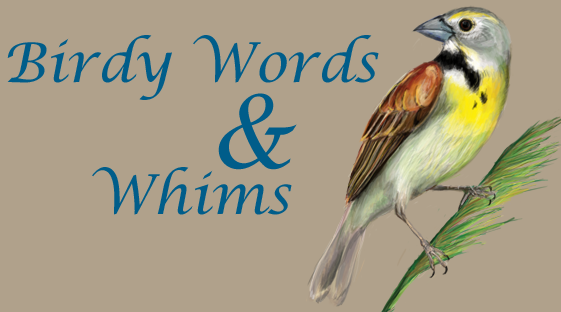Above pictured is our first (finally!) baby Painted Bunting. We hardly go a day without catching a bunting, so it was just a matter of time before we got some hatch-year birds. He was very drab and growing in new feathers absolutely everywhere. This usually means that it hasn't been too long since he left the nest and we give these birds the term, local. You can see the fleshy gape on the bill and some feathers growing in on the top of the head. So cute.
This was a hatch-year Carolina Chickadee. It has been out of the nest for awhile so all the juvenile feathers are grown in at this point. It's difficult to tell them apart from the adults except that the feathers are in really fresh and in good condition.

OK, maybe he looks a little messy in the pictures, but believe me, most chickadees look much worse. With lots of use, flight feathers (wing and tail) get ragged over time and then are replaced in an orderly sequence when the bird molts.
In one day, we got one juvenile Painted Bunting, a juvenile Carolina Chickadee, another juvenile Rufous-crowned Sparrow, juvenile Eastern Phoebe, and two Northern Cardinal youngsters. Since they are still testing out their wings, they're more likely to fly into a net than older birds. The cardinals were pretty funny looking. The one pictured had random splotches of red all over, a pretty good sign that he is a male since the females don't get red feathers on the face. The other juvenile cardinal that we got looked very different, without any red splotches on the body feathers and more orange on the bill. Still, a really good sign that you are looking at a young cardinal and not an adult female is a blackish or brownish bill instead of bright orange, and a lack of the black mask on the face.
birdy art update
My latest projects were the Dickcissel
 and the Cerulean Warbler (per request of MAPS biologist Tiffany!)
and the Cerulean Warbler (per request of MAPS biologist Tiffany!)
And to my readers, if you ever need a birdy drawing let me know in the comments!







No comments:
Post a Comment